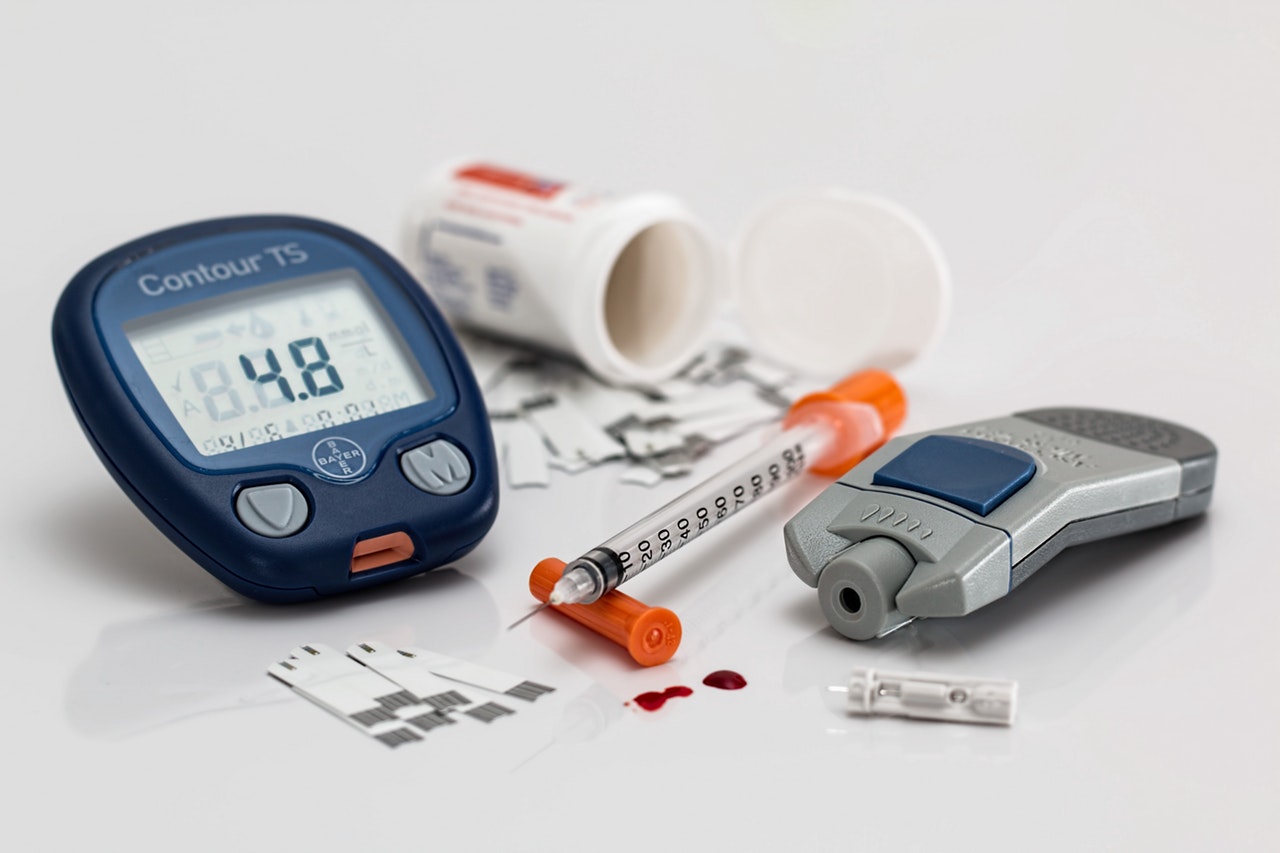Shared with us from our friends at Silvernest
Ask any Baby Boomer to reflect back to their childhood and their general perception of their grandparents when they were in their 60’s or 70’s. Most usually widen their eyes and exclaim, “old!” Images of a grumpy old man or wizened old woman come to mind. Many of today’s 65 year-olds look nothing like that. In a short thirty years, we have extended our lifespan, and opened up a third phase of adult life 50+ that is often filled with vibrancy, possibility and health. Yet, our society continues to perpetuate the notion that the “peak years” of life are around age 28. It’s all downhill from there. Really?
Ever heard of the word “ageism?” According to Ashton Applewhite, author of “This Chair Rocks, a Manifesto Against Ageism,” it is the last socially sanctioned prejudice, and a cultural narrative that impacts almost every aspect of life after 50. Have you ever felt compelled to lie about your age, or had someone compliment you and say, “You look great for your age?” That’s ageism.
In the past few months after the release of her book, Applewhite has been named “Influencer of the Year” by Next Avenue’s Influencers in Aging list, featured in the New York Times, appeared at the United Nations and is traveling around the country. She is the voice of a new movement, and on a mission to highlight the pervasive narrative that reinforces aging as something to fear, deny or dread.
She opens her book with the confession, “I’ve never lied about my age – I have no problem saying ‘I’m sixty-three’ loud and clear – but I know a lot of people who do. People who lie on resumes and on airplanes and on dates.”
Applewhite admits ageism is something it has taken years to fully recognize. “Any time we make an assumption about what any person is capable of, what they’re thinking about or doing on a basis of chronological age – that defines ageism,” she says. “Chronological age is a lousy indicator of pretty much anything abut a person, and all “isms” are based on stereotyping – especially because the longer we live, the more different from one another we become.”
The term “ageism” was first coined by Pulitzer prize winning physician Robert Butler, founder of the International Longevity Center, in 1968 – around the same time as the terms racism and sexism. “We experience ageism any time someone assumes that we’re “too old” for something – a task, a haircut, a relationship – instead of finding out who we are and what we’re capable of,” said Applewhite.
This Chair Rocks is a wonderful and fast read; full of powerful insights, and would make a fantastic book-club pick. Applewhite humorously breaks down pre-conceived notions about what it means to get older, and paves the way for trailblazing Boomer activism. Her zany style made me laugh out loud on numerous occasions, and nimbly poked to the inner core of what it means to get older in today’s society. In addition to the book, Applewhite has created a blog called, “Yo is this Ageist?” and a “conscious-raising” booklet to promote grassroots discussion called, “Who Me Ageist?”
“No one is born prejudiced, but attitudes about age – as well as race and gender – start to form in early childhood,” she writes. “Over a lifetime they harden into a set of truths: “just the way it is.” Unless we challenge ageist stereotypes – old people are incompetent. Wrinkles are ugly. It’s sad to be old – we feel shame and embarrassment instead of taking pride in the accomplishment of aging. That’s internalized ageism.”









